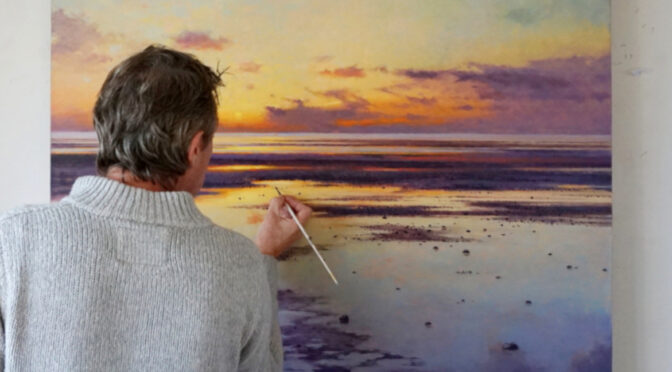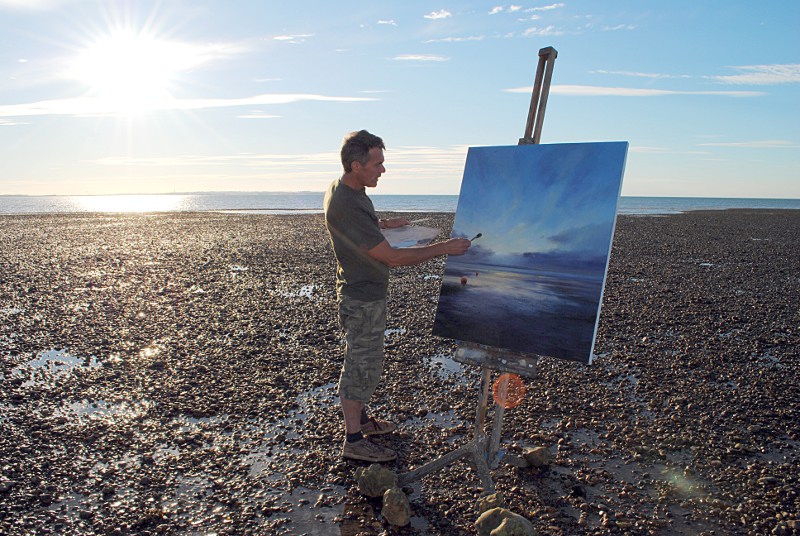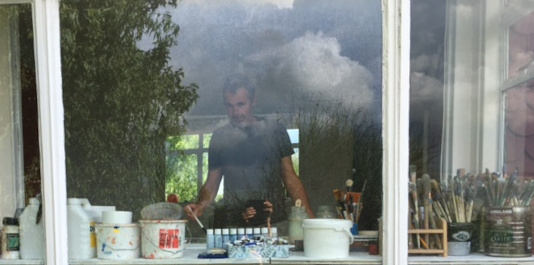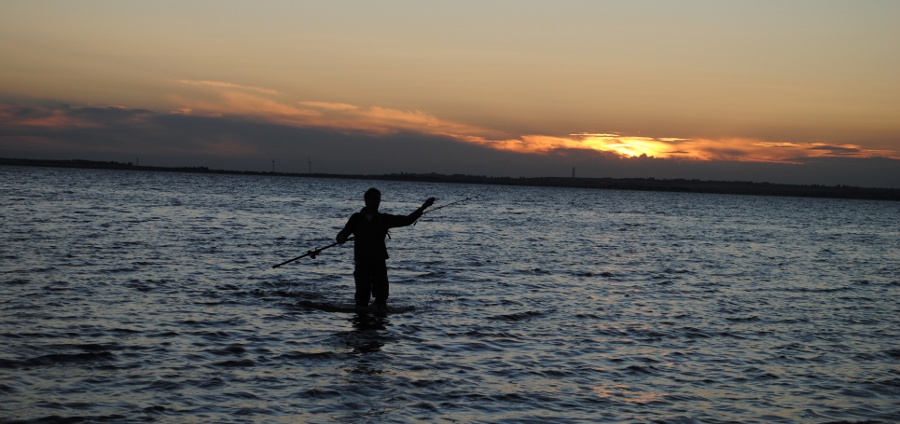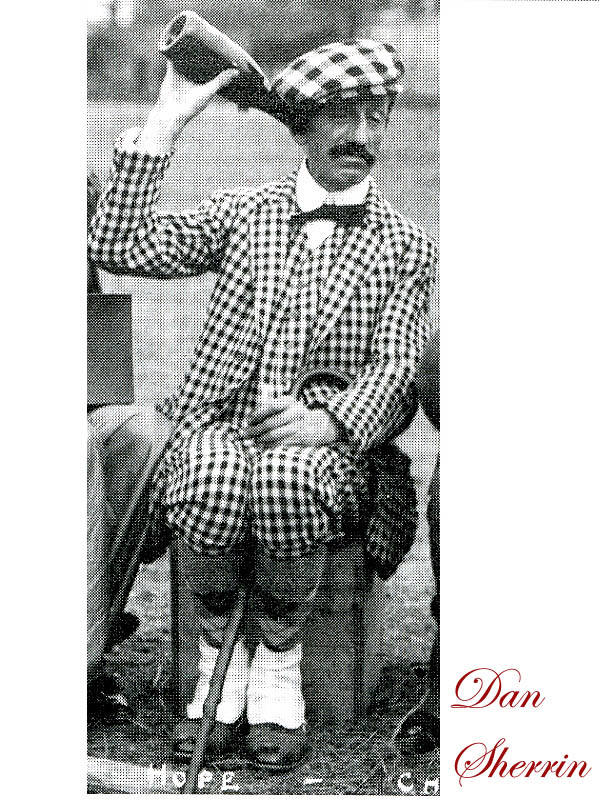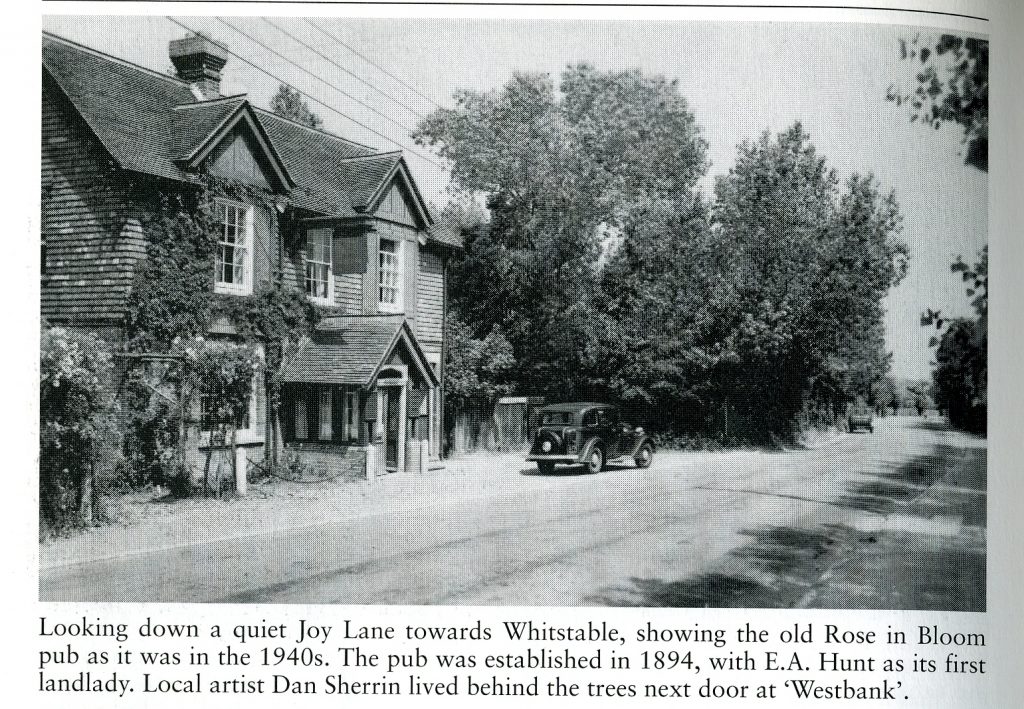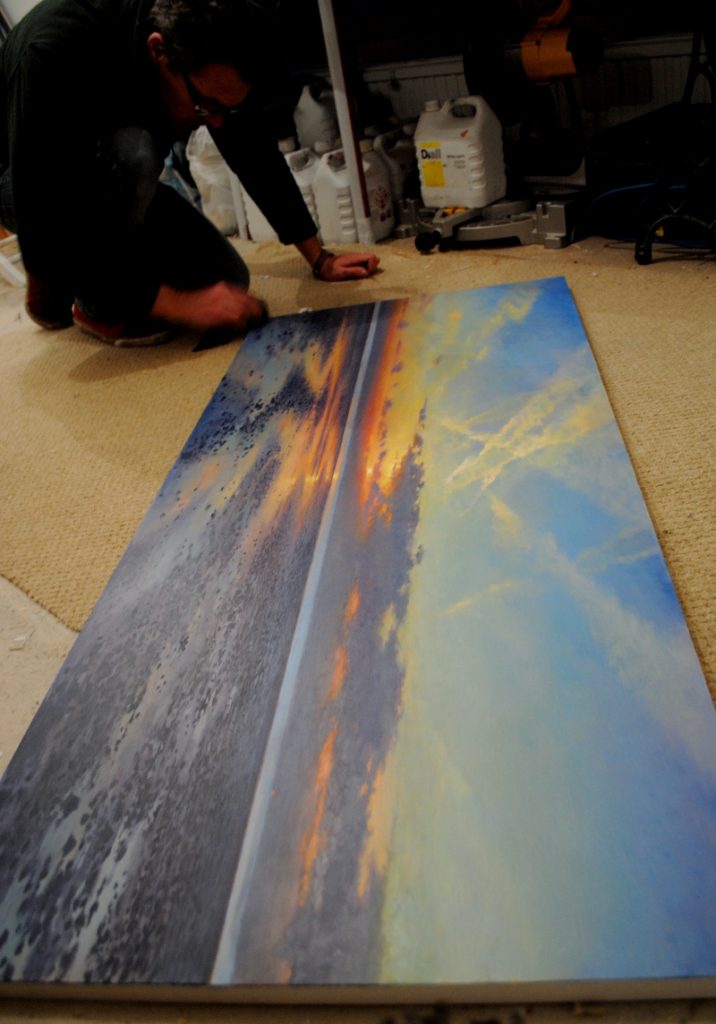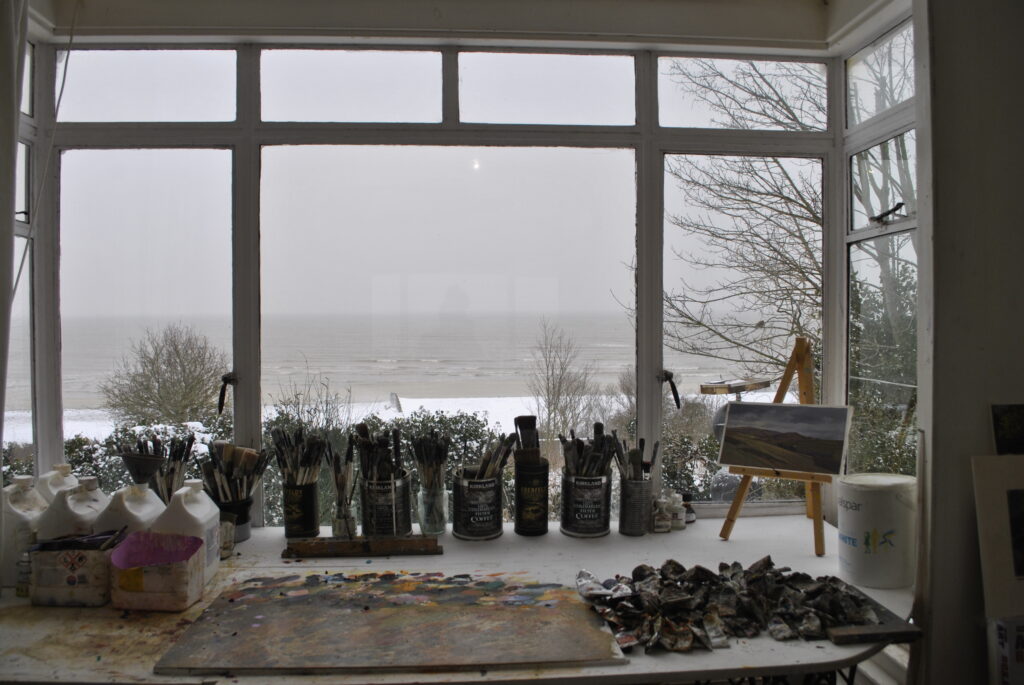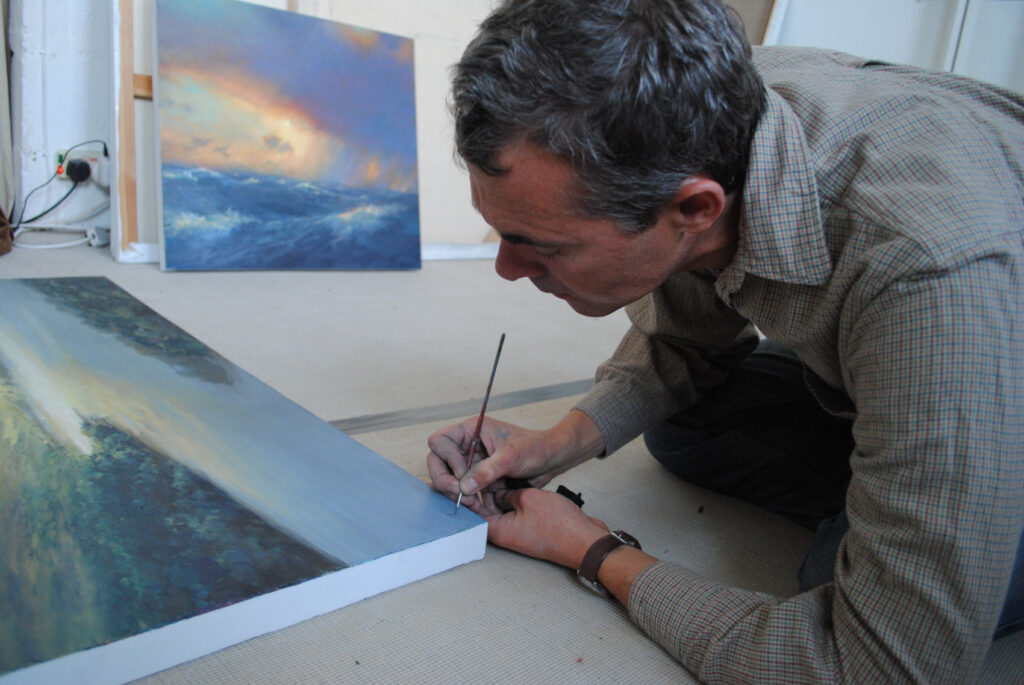Ric has currently about 30 paintings available, but he is also working on a couple of larger Whitstable-themed beachscapes. All prints and small Gouache paintings can be purchased directly from his shop.
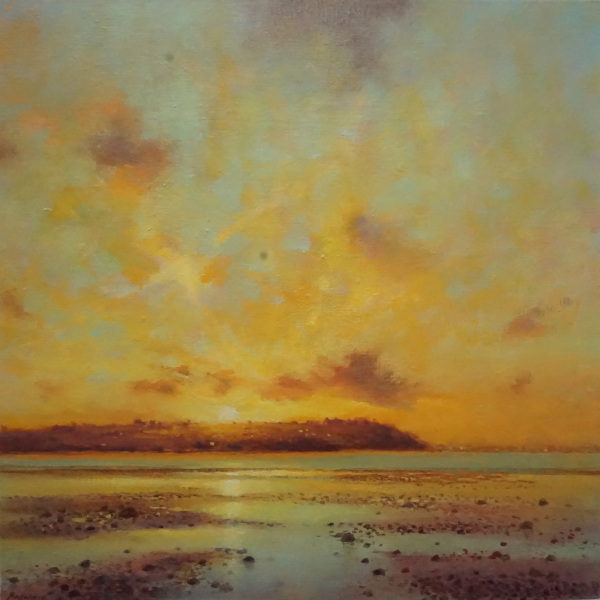 Solstice, 30 x 30cm, oil on canvas – available
Solstice, 30 x 30cm, oil on canvas – available
 West Beach, Whitstable. oil on textured wood panel. 88 x 98cm – available
West Beach, Whitstable. oil on textured wood panel. 88 x 98cm – available
Large commissions start at £ 3000.
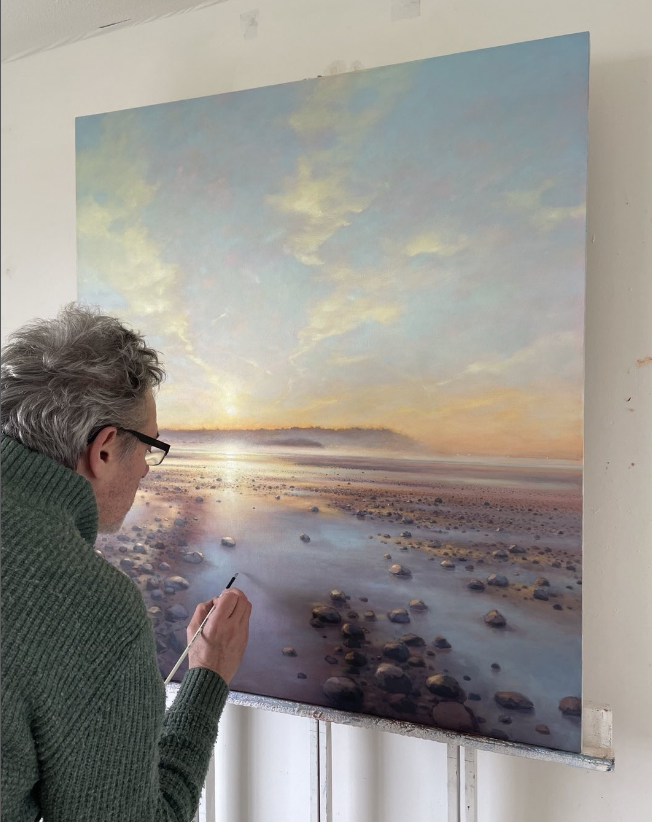
Please note, all international orders of original oil paintings should always include insurance. Postal costs will vary according to size & weight, as all paintings are sent in bespoke wooden crates for protection. For insurance quotes and p&p contact me at: enquiries@richorner.com, or tel.: 07835294317.
You can Follow Ric’s latest work on Instagram.com/richornerpaintings
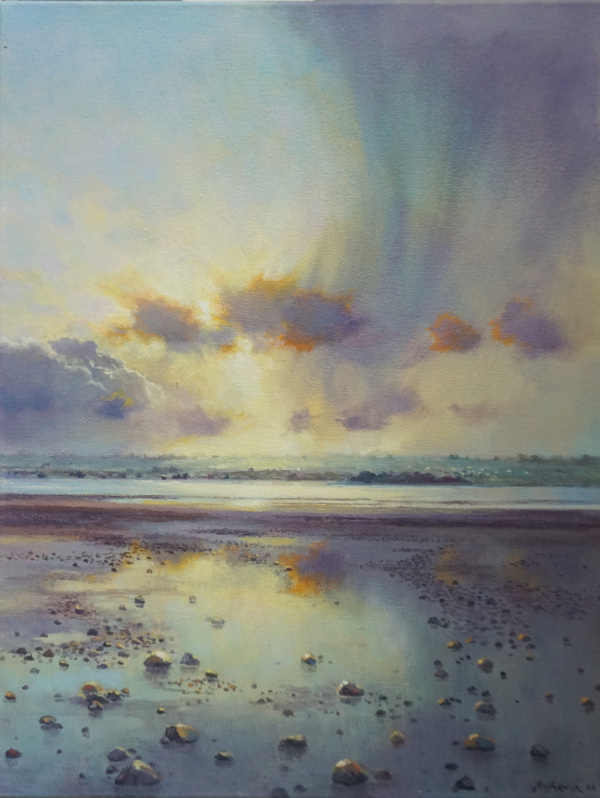 Ebb and Flow, 30 x 40cm, oil on canvas – available
Ebb and Flow, 30 x 40cm, oil on canvas – available
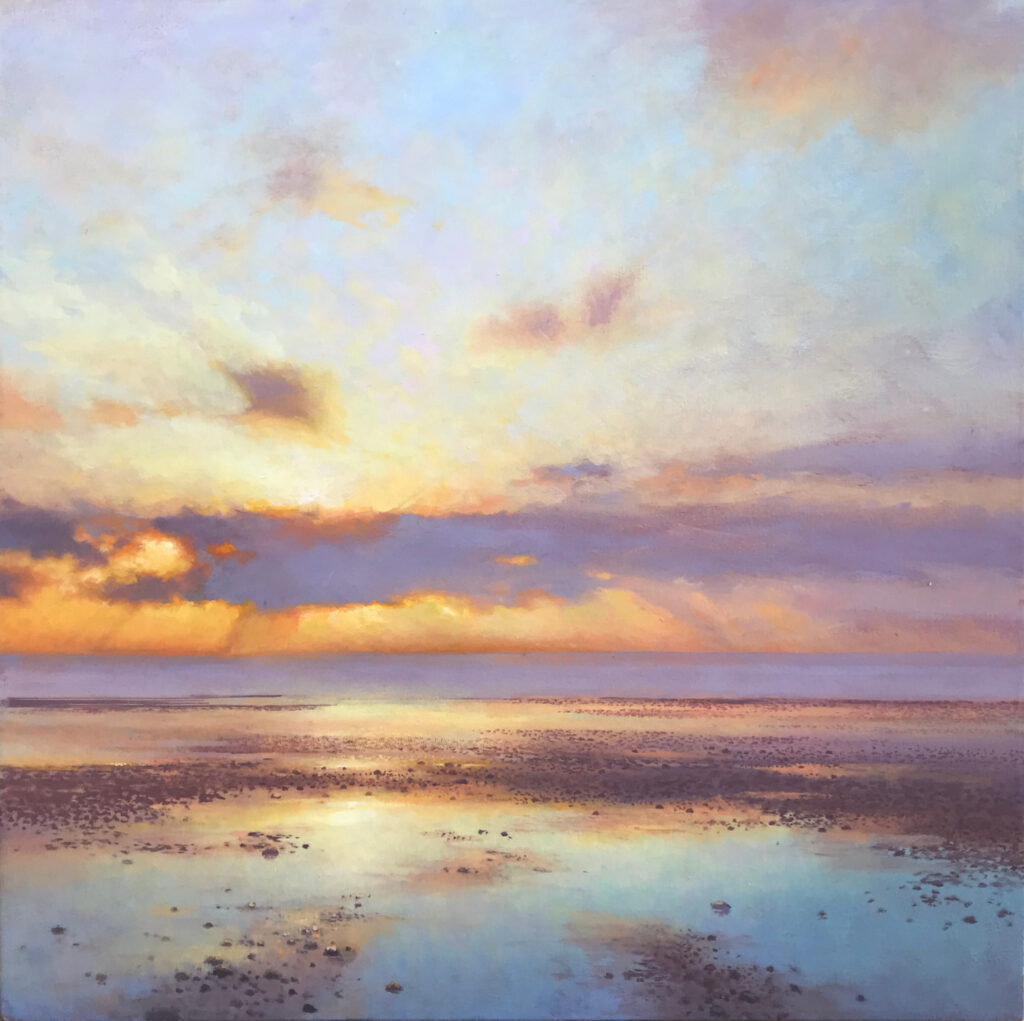 Light obscured (West beach), 50 x 50cm, oil on canvas – available
Light obscured (West beach), 50 x 50cm, oil on canvas – available
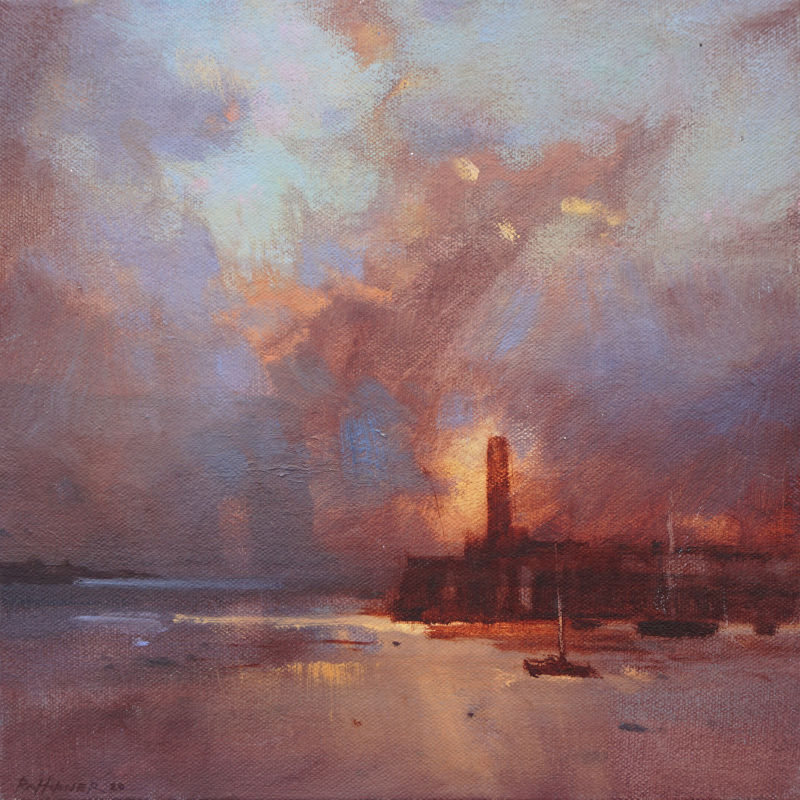 Margate Harbour Evening Light, 22 x 22cm, oil on canvas – available
Margate Harbour Evening Light, 22 x 22cm, oil on canvas – available
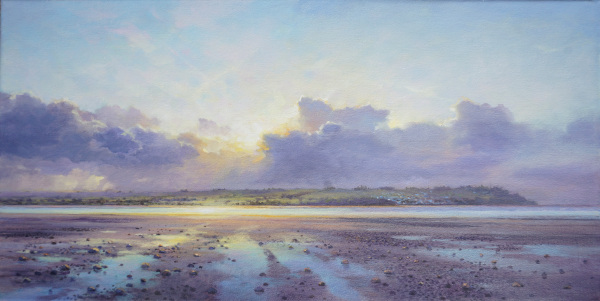 Summer Storm Clouds, 30 x 60cm, oil on canvas – available
Summer Storm Clouds, 30 x 60cm, oil on canvas – available
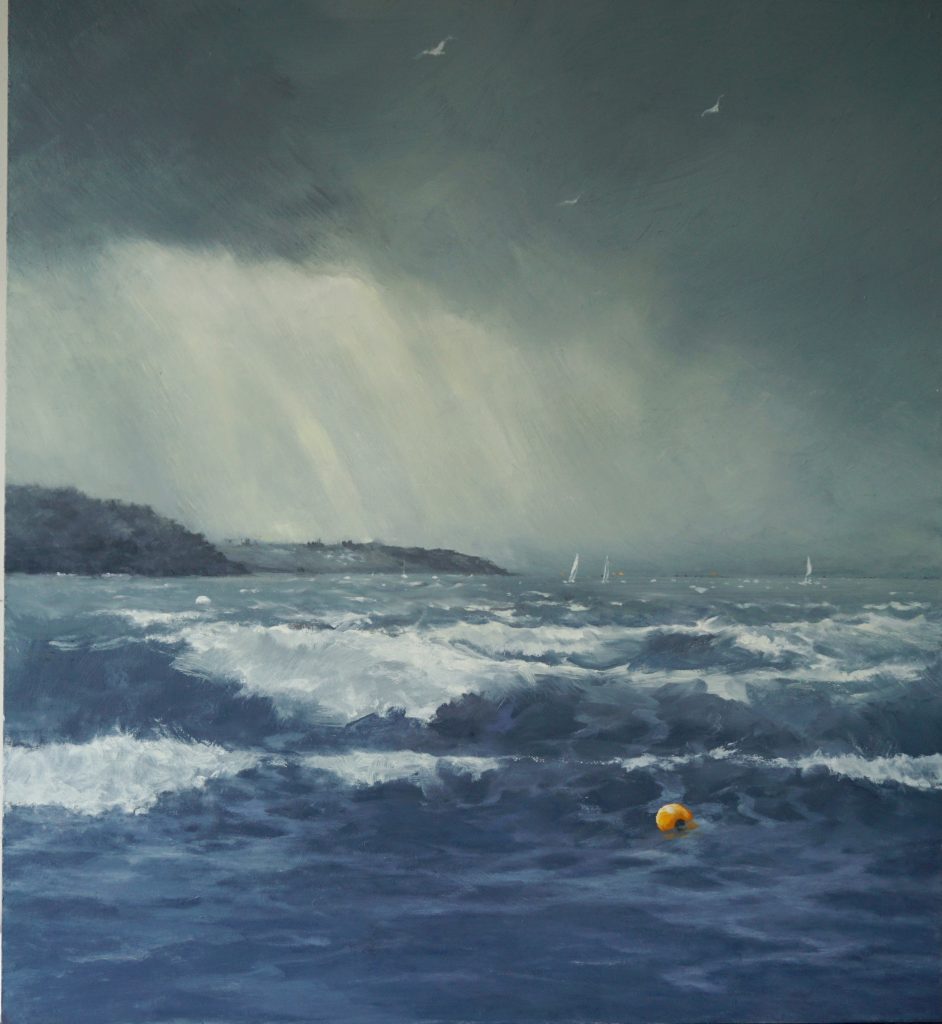 Lost Lost Buoy, 61 x 67cm, oil on wood panel – available
Lost Lost Buoy, 61 x 67cm, oil on wood panel – available
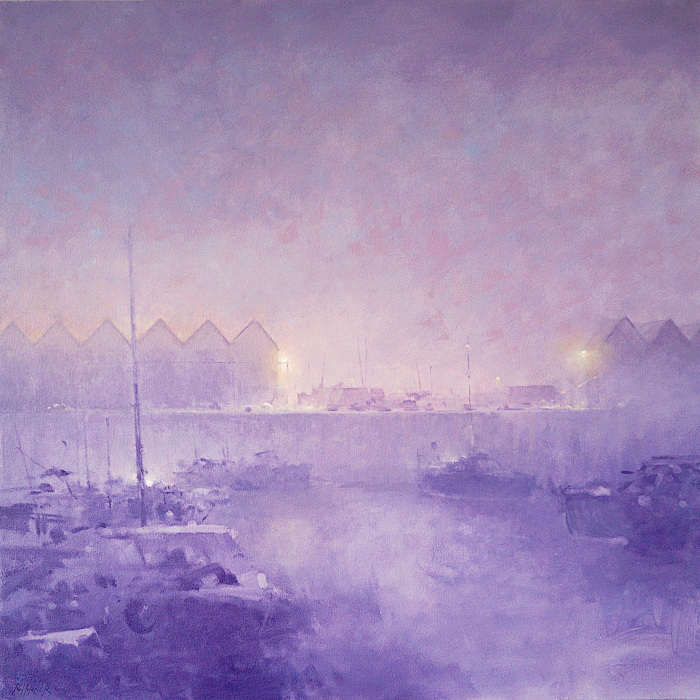 Whitstable Harbour (misty evening 2021), oil on box canvas, 78.5 x 78.5cm – available
Whitstable Harbour (misty evening 2021), oil on box canvas, 78.5 x 78.5cm – available
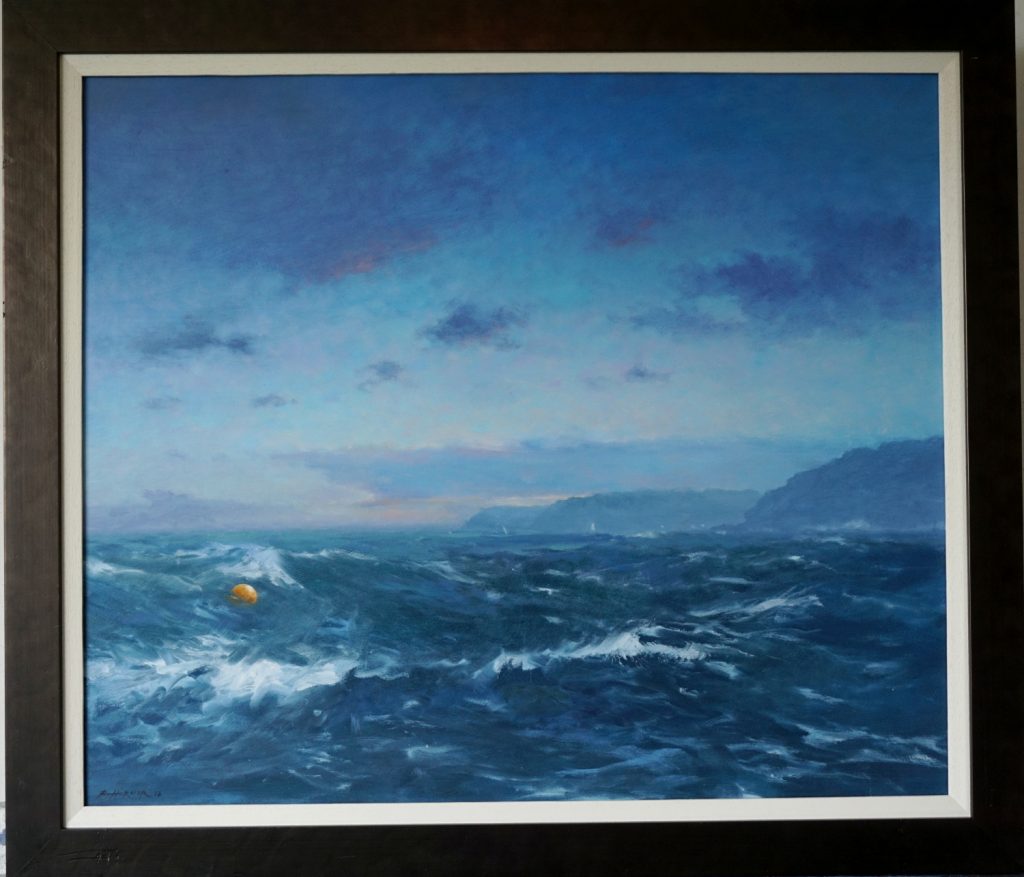 First Light, 71 x 81cm, original painting, oil on wood panel (framed) – available
First Light, 71 x 81cm, original painting, oil on wood panel (framed) – available
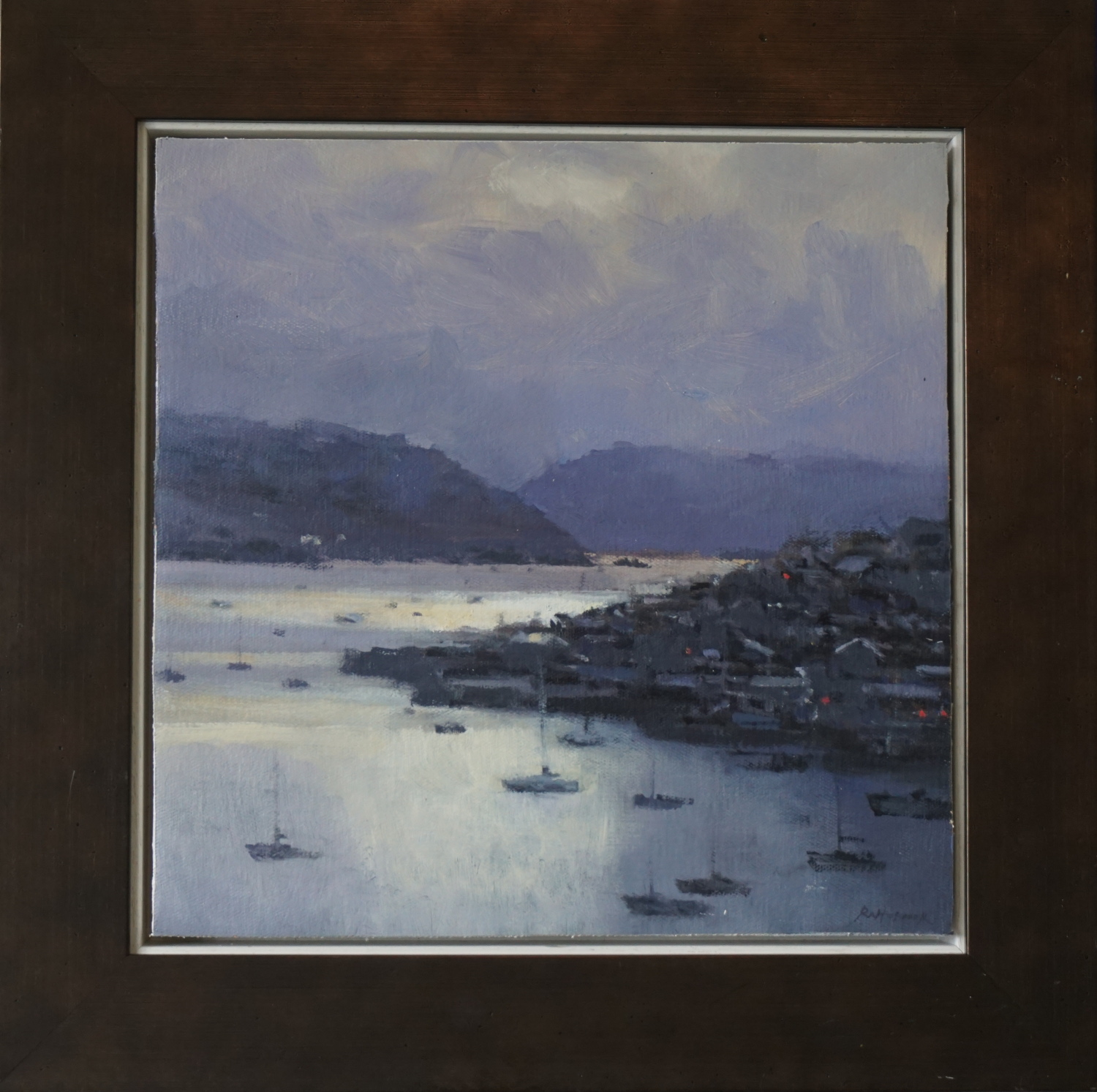 Salcombe Harbour, 26 x 26cm, oil on canvas – available
Salcombe Harbour, 26 x 26cm, oil on canvas – available
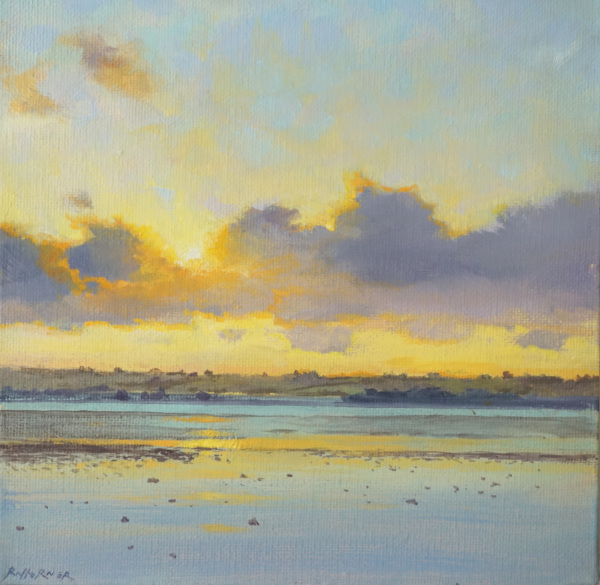 Cloud Race, 20 x 20cm, oil on canvas – available
Cloud Race, 20 x 20cm, oil on canvas – available
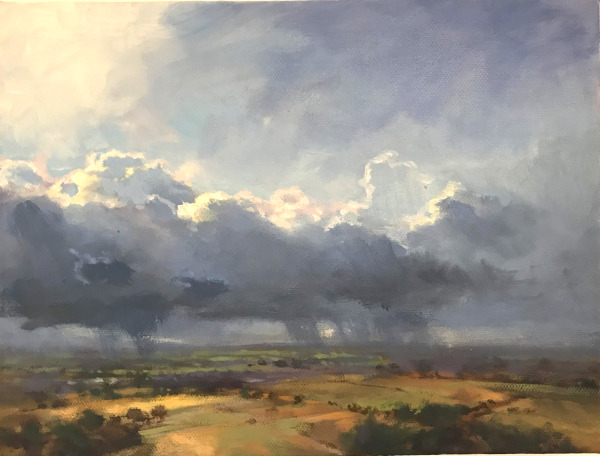 Cloud structures, oil on canvas, 30.5 x 23cm
Cloud structures, oil on canvas, 30.5 x 23cm
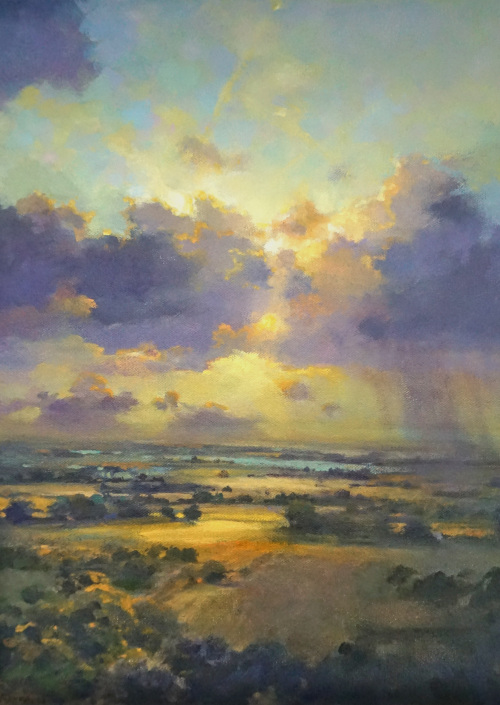 Kent Landscape near Faversham (2), oil on canvas – available
Kent Landscape near Faversham (2), oil on canvas – available
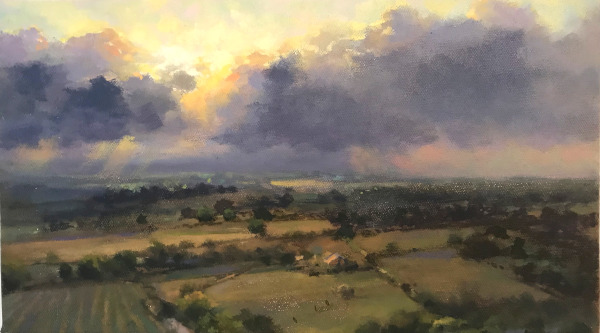 Kent Landscape near Faversham (1), oil on canvas, 30 x 17cm – available
Kent Landscape near Faversham (1), oil on canvas, 30 x 17cm – available
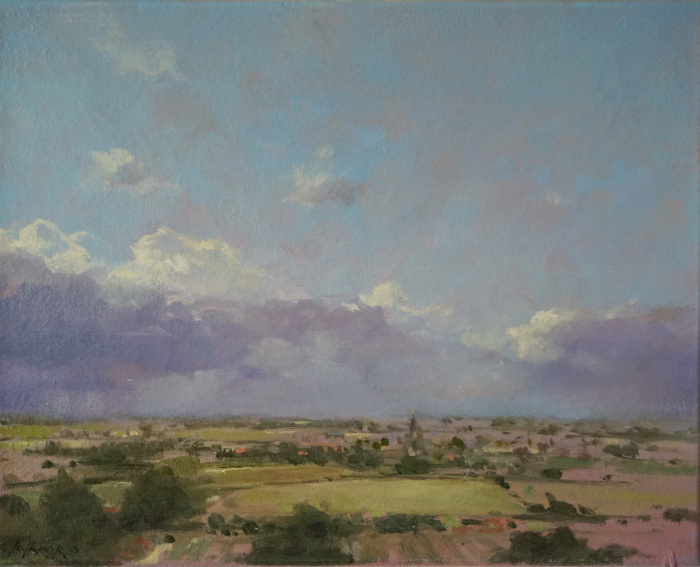 Kent Landscape, 30 x 24cm, oil on canvas – available
Kent Landscape, 30 x 24cm, oil on canvas – available
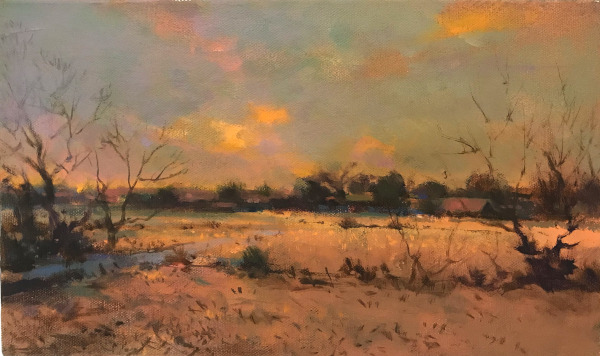 Meadow at dusk, oil on canvas, 28.5 x 17cm – available
Meadow at dusk, oil on canvas, 28.5 x 17cm – available
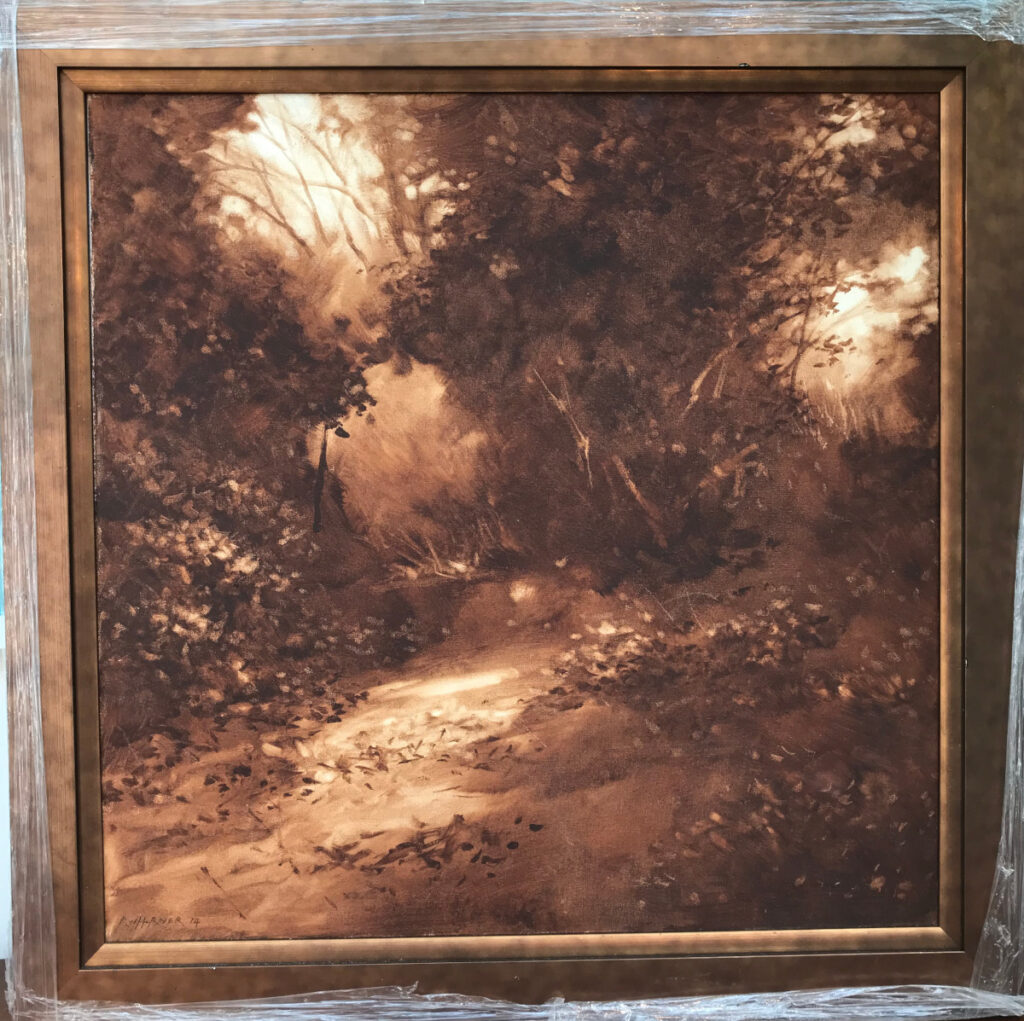 Sunlit Clearing, 71 x 71cm, oil on canvas – available
Sunlit Clearing, 71 x 71cm, oil on canvas – available
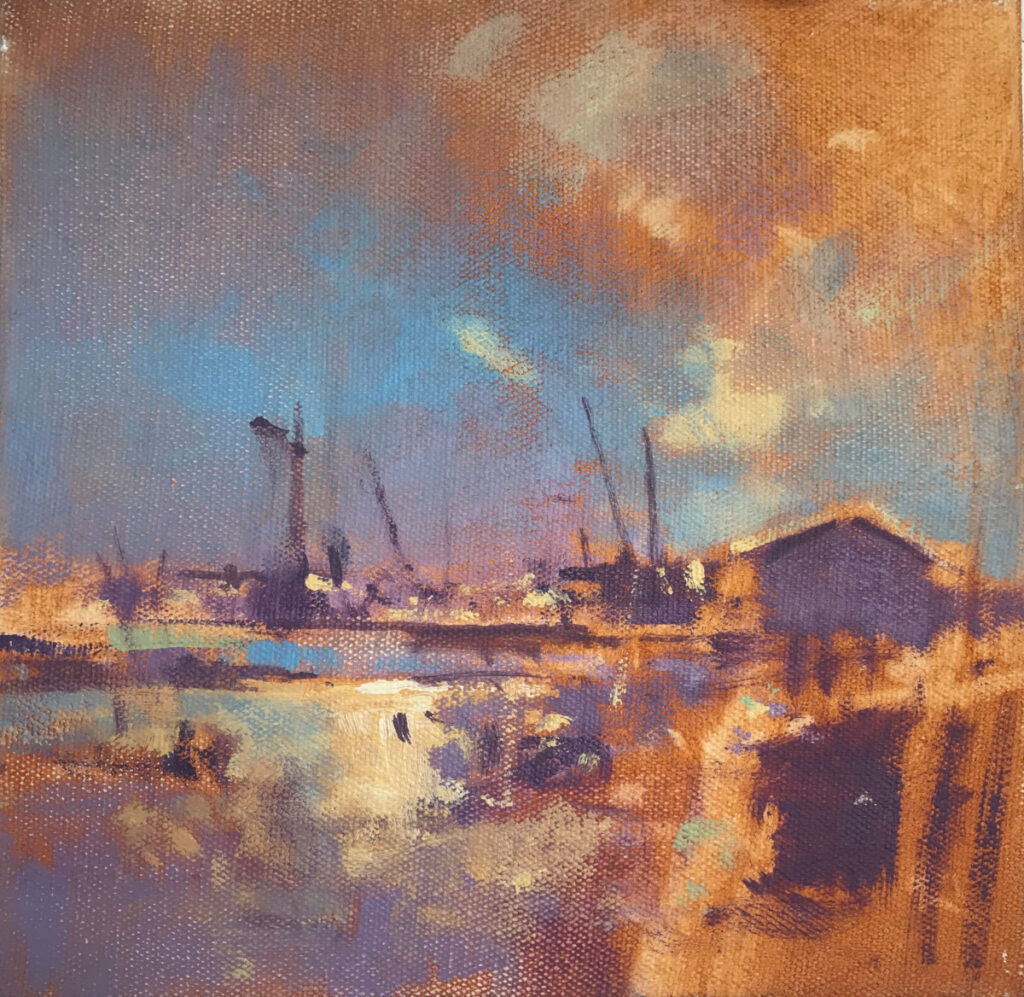 Kent coast, 20 x 20cm, oil on canvas – available
Kent coast, 20 x 20cm, oil on canvas – available
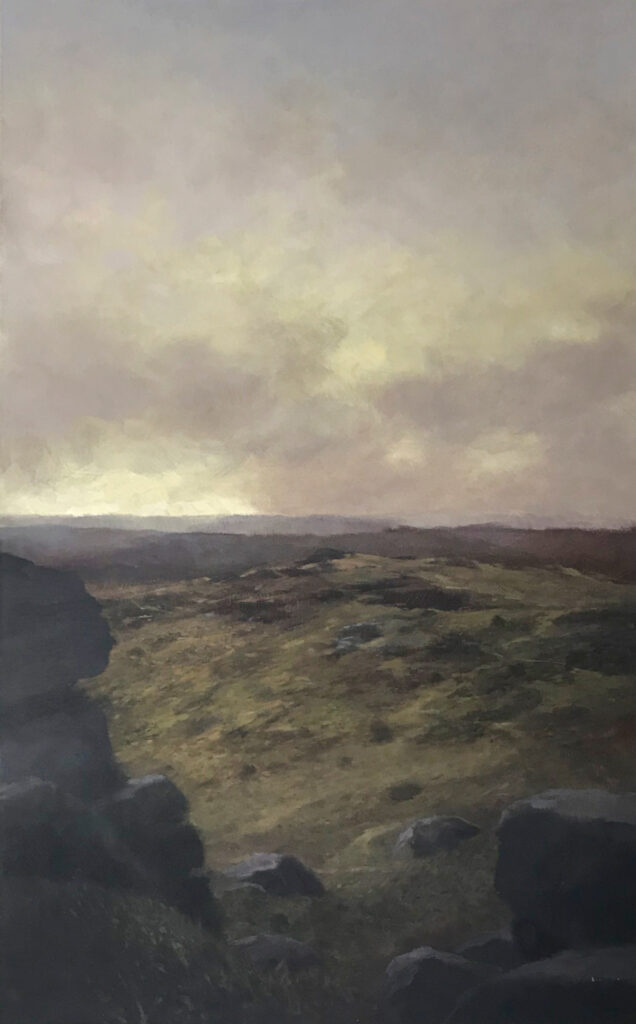 Moorland dawn, 63 x 40cm, oil on canvas – available
Moorland dawn, 63 x 40cm, oil on canvas – available
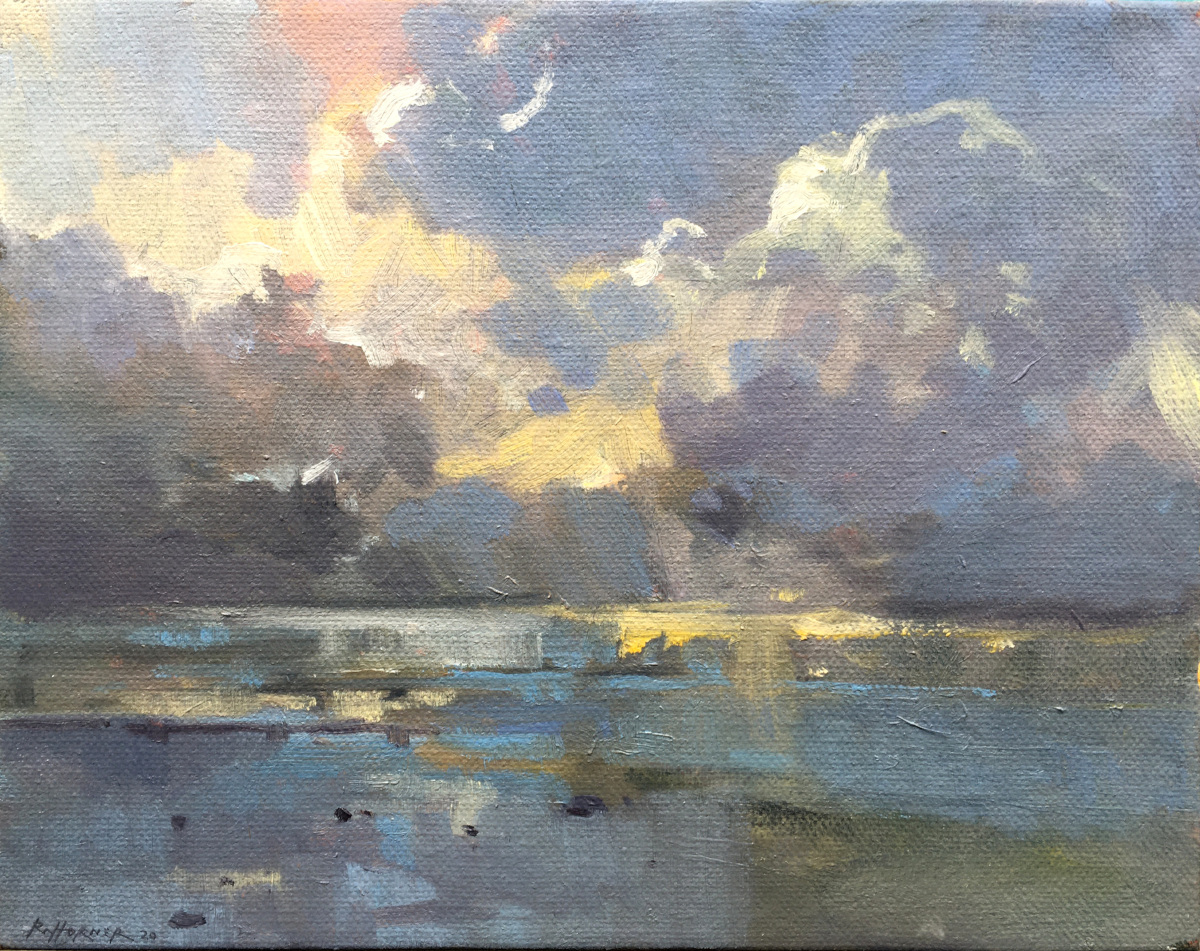 Weather Study, 26 x 20cm, oil on canvas – available
Weather Study, 26 x 20cm, oil on canvas – available
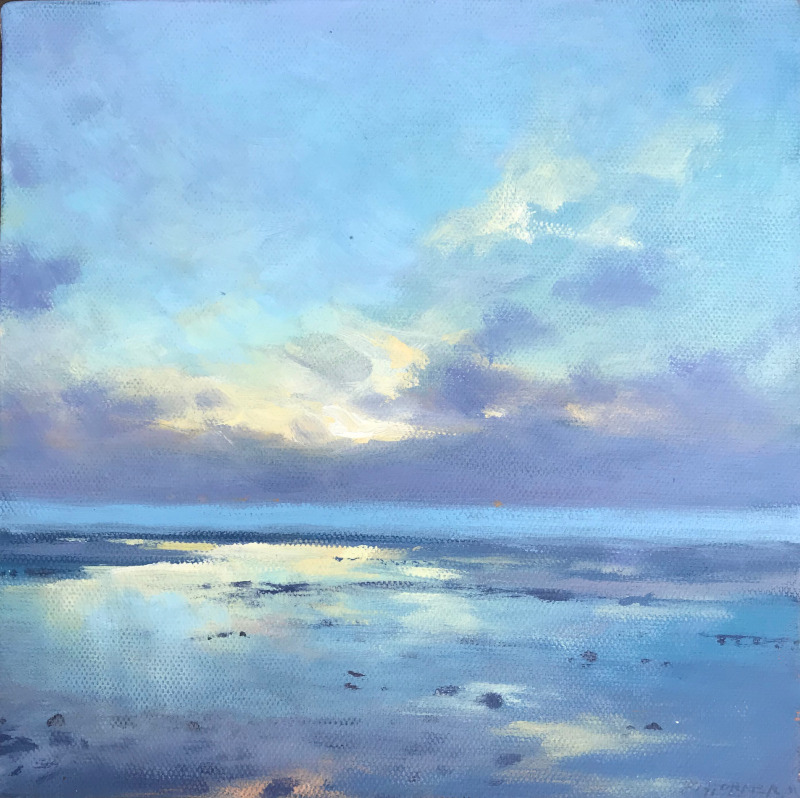 Rain Gap, West Beach, 20x 20cm, oil on canvas – available
Rain Gap, West Beach, 20x 20cm, oil on canvas – available
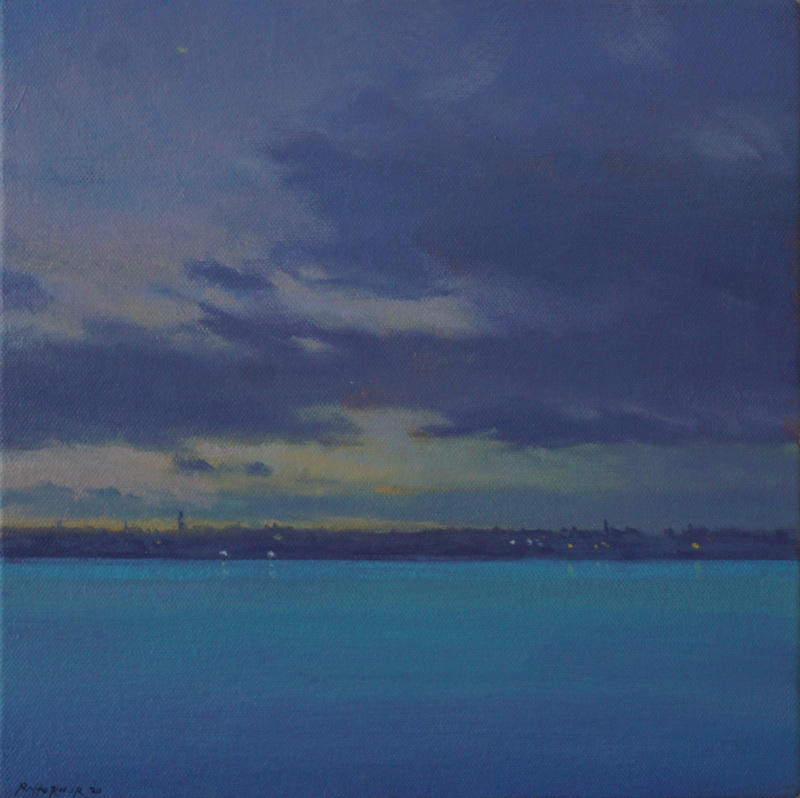 The view across the Oaze, 22 x 22cm, oil on canvas – available
The view across the Oaze, 22 x 22cm, oil on canvas – available
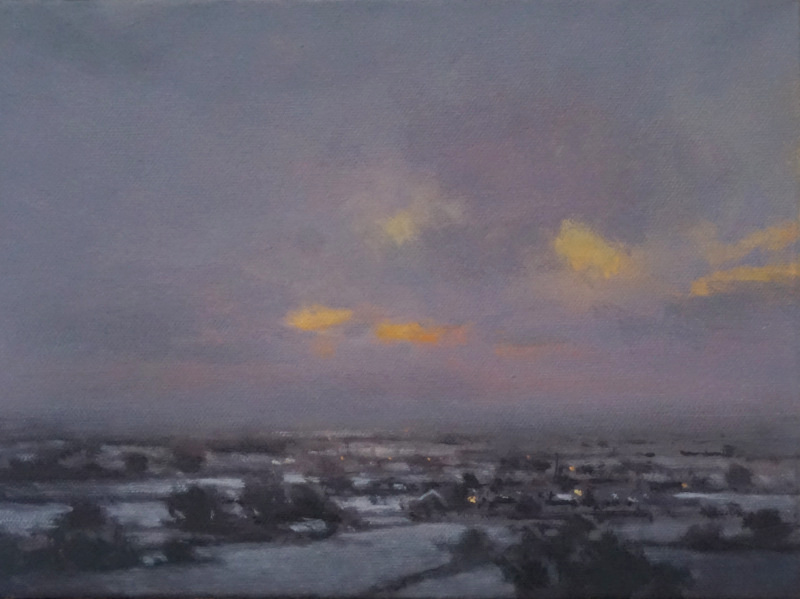 Kent first Snow, last light. 23 x 30.5cm, oil on canvas – available
Kent first Snow, last light. 23 x 30.5cm, oil on canvas – available
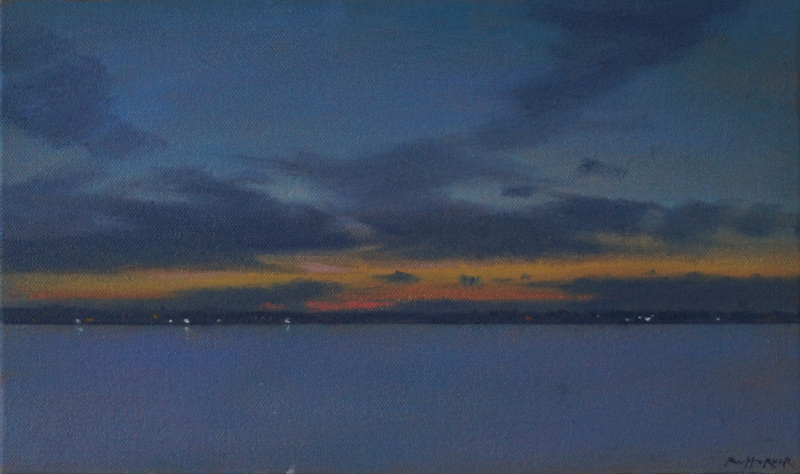 Long after Sunset (June), 28.5 x 17cm, oil on canvas – available
Long after Sunset (June), 28.5 x 17cm, oil on canvas – available
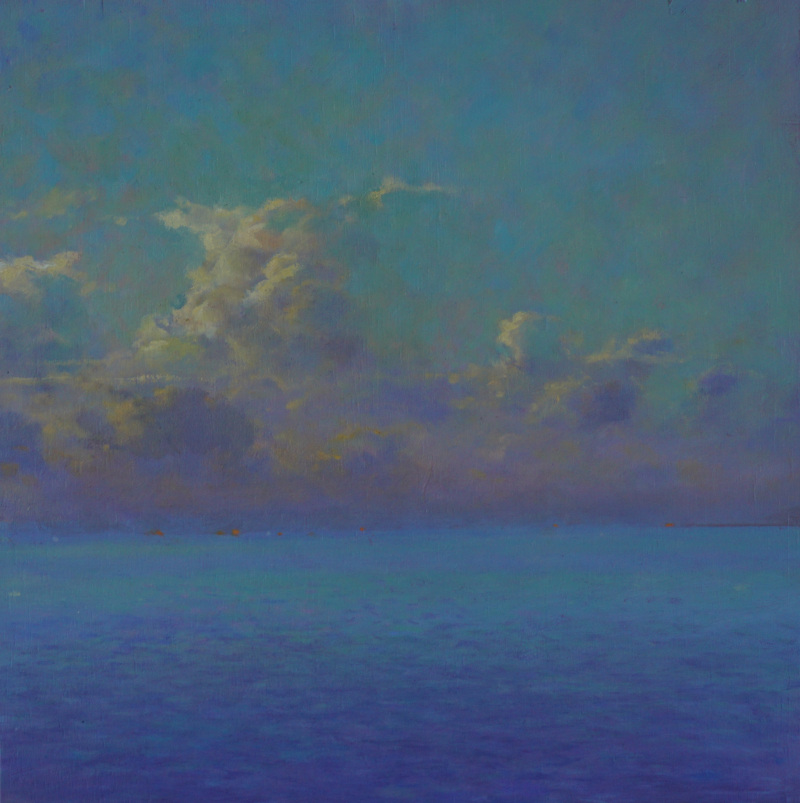 Thunderhead/ Cloud study, 28 x 28cm, oil on wood panel – available
Thunderhead/ Cloud study, 28 x 28cm, oil on wood panel – available
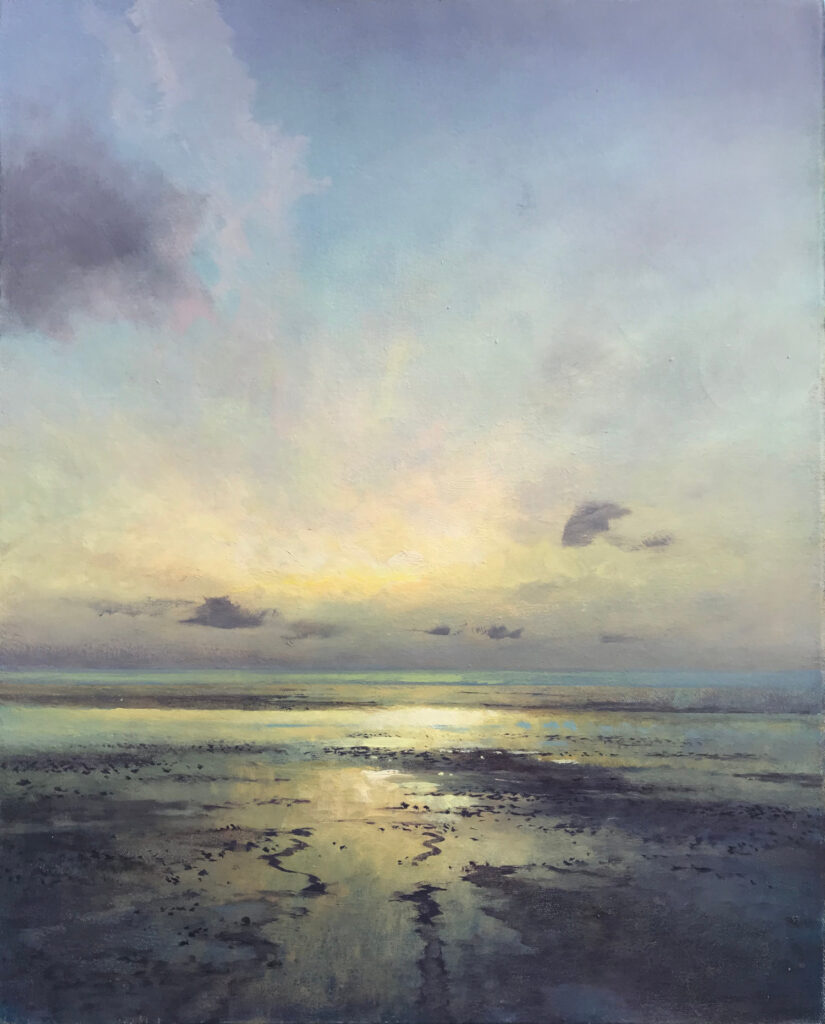 West Beach Whitstable (3), 50 x 40cm, oil on canvas – available
West Beach Whitstable (3), 50 x 40cm, oil on canvas – available
.

